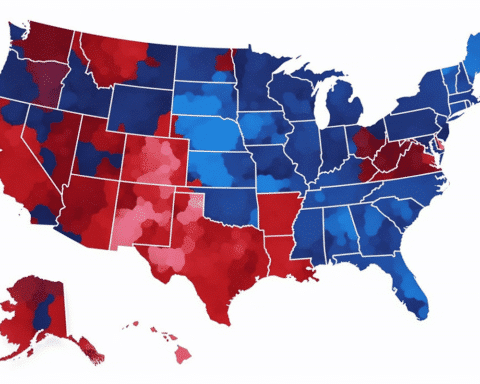As 2023 begins, small businesses across the country are preparing to tackle a long list of old and new challenges. The coming year will be a make-or-break one for many small businesses, from a potential recession and high inflation to labor shortages and new regulatory wrinkles. But with the right strategies and mindset, small business owners can overcome these challenges.
Recession Worries Loom Large
The economic uncertainty of the past year has many small business owners worried about the possibility of a recession in 2023. But according to Nela Richardson, chief economist for payroll company ADP, small businesses are more concerned with day-to-day operations than whether the economy is in recession.
“Recession for the most part is an academic question,” she explained. “We won’t know for several months until after it happens and no one on Main Street makes that call. It’s far removed from hiring and turnover.”
Instead of worrying about the broader economy, small business owners should focus on more significant issues like labor and wages, Richardson advises.
Tightening the Belt to Tackle Inflation
The high inflation rate, which peaked last summer, is one of the primary reasons small businesses need to control costs. In November, consumer prices rose 7.1% from a year ago, down from 7.7% in October, according to government data.
It is unlikely that inflation will return to pre-2022 levels, primarily because of higher wages and low employment. Given the 4.6% increase in wages in December and the 3.5% unemployment rate, it’s clear that inflation will continue to be a significant concern for small businesses in the coming year.
Retaining Talent in a Tight Labor Market
Hiring and retaining employees is an ongoing challenge for small businesses. At the beginning of the year, the situation is particularly dire. Since companies usually give raises or bonuses at the end of the year, many workers decide whether to change jobs between mid-January and mid-April.
“Everything we’re seeing, or hearing, suggests companies need to look at increases double to what they used to do in the last on average 15 years in order to keep up with everybody,” said David Lewis, CEO of the HR firm Operations Inc., which advises small businesses. “Unfortunately, smaller businesses have the fewest resources available to pony up.”
In 2023, small businesses will need to find new ways to retain workers since they cannot match the raises at more prominent companies. Ray Keating, the chief economist for the Small Business & Entrepreneurship Council, suggests one solution: more extensive on-the-job training.
“Not that they don’t train them now, but they need to go deeper than they have in the past and train all the way across the board. That’s one of the answers to these labor challenges,” he explained.
New Regulatory Wrinkles on the Horizon
In addition to the economic and labor challenges, small businesses will have to contend with new regulatory wrinkles in 2023. One of the most significant is the Labor Department’s proposed rule that would make it easier to classify independent workers as employees. Uber drivers or Instacart delivery workers are gig workers. This rule is part of a long-running debate over whether they are contractors or employees.
If implemented, this rule could significantly impact small businesses that rely on gig workers. These businesses must adapt and find new ways to comply with the new regulations or risk facing legal or financial repercussions.
Navigating the Challenges with a Winning Strategy
Faced with a long list of challenges, small businesses must be agile and adaptable to survive and thrive in 2023. Here are some strategies that can help small companies to navigate the challenges and come out on top:
-Keep costs down: With inflation high and the economy uncertain, small businesses will need to keep a tight rein on costs to stay afloat. This means running operations as efficiently as possible, casting a wider net in terms of suppliers, and finding new ways to save money.
-Embrace technology: Technology can be a powerful tool for small businesses looking to improve efficiency and cut costs. From automation to cloud-based tools, there are a variety of technologies available that can help small enterprises to streamline operations and increase productivity.
-Retain and train employees: In a tight labor market, small businesses must find new ways to retain employees. This could mean offering more extensive on-the-job training, flexible working arrangements, or other incentives. Small businesses can build a loyal and dedicated workforce by investing in their employees.
-Stay informed and adapt: With new regulatory wrinkles emerging, small businesses will need to stay knowledgeable about changes in laws and regulations that could impact their operations. By staying informed and adapting to new rules, small businesses can minimize the risk of legal or financial repercussions.
With the right strategies and mindset, small businesses can navigate the challenges of 2023 and emerge stronger and more resilient than ever. Small companies can weather any storm and come out on top by keeping costs down, embracing technology, retaining and training employees, and staying informed and adaptable.




